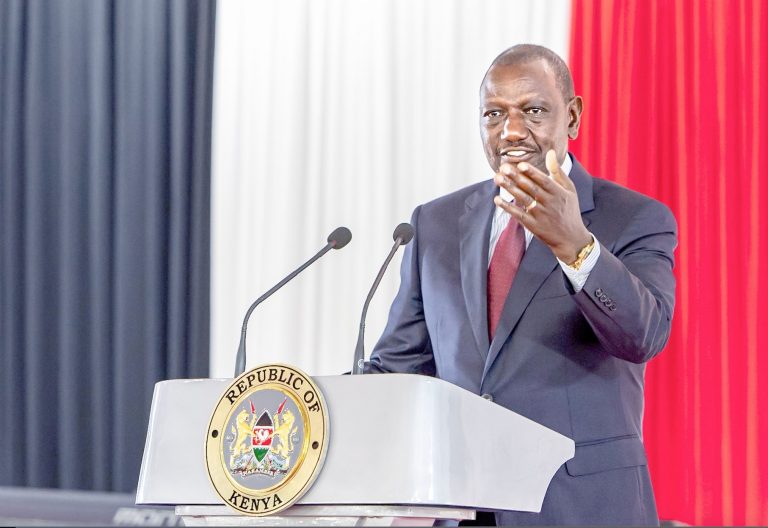How Kenya can resolve youth unemployment crisis
By Christopher Owuor, November 27, 2019Lynda Ouma
Unemployment remains a major challenge among the youth in Kenya. The situation is so bad that it has become near normal to meet a college graduate seeking a job along traffic-jammed city roads-—they paint a picture of a walking billboard.
A report released by the Kenya National Bureau of Statistics in 2018 revealed that nine out of every 10 unemployed Kenyans are aged 35 and below. This is just one of many reports which reveal the magnitude of the unemployment crisis.
Kenyans hold education in high esteem as it is seen as a gateway to economic opportunities and social mobility. Rich or poor, parents spend a significant amount of resources to ensure their children get the best and highest possible level of education.
The future is considered bright if your children have some level of education. Well, this was case some years back. Not any more.
Kenyan youth are today grappling with in complex and challenging times. On average, one spends 16 years completing education before entering the job market. It could take one year to secure employment, if you are lucky.
Take the teaching profession, for example, which has a high number of trained but unemployed teachers. A report by the Teachers Service Commission this year observed that there are more than 300,000 trained and registered teachers who are jobless.
It went on to explain that the country had a shortage of about 96,000 teachers which shows that the supply far outweighs the demand. This is an example of just one sector to illustrate the crisis.
To ease this crisis, the government has over the last few years invested billions in initiatives and kitties meant to support the youth, including the Kenya Youth Empowerment Programme, the Youth Enterprise fund and the National Youth Service.
The idea behind these initiatives is to provide income to young men and women as a way of ensuring their economic and political inclusion. Globally as well as in the Eastern Africa region, violence and crime have been linked youth joblessness and perceived socio-economic exclusion from economic opportunities.
Kenyan policy makers have most often and explicitly linked violence to youth unemployment.
This is evidenced through the National Youth Policy Sessional Paper No. 3 which provides guidelines on how to address youth unemployment in order to prevent crime and violence.
While the relationship and possible impact of unemployment crisis and violence intuitively makes sense, it remains largely untested through empirical data and research.
Initiatives such as the NYS Community Cohorts Programme aimed at reaching thousands of youth in poor urban areas by offering them jobs to improve their neighbourhoods and attain a sense of purpose provide rich areas of study.
Data arising from empirical research on the linkages between job opportunities and violence reduction/prevention can help policy-makers to address the economic crisis the country is facing.—The writer is the communication officer, Centre for Human Rights and Policy Studies
More Articles

